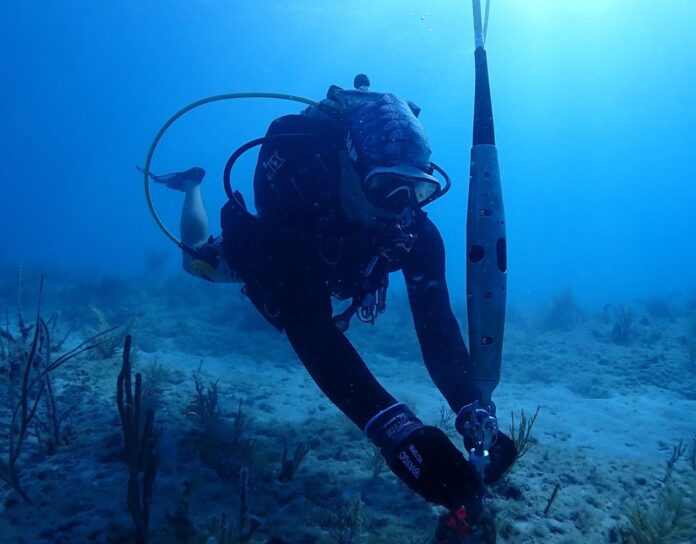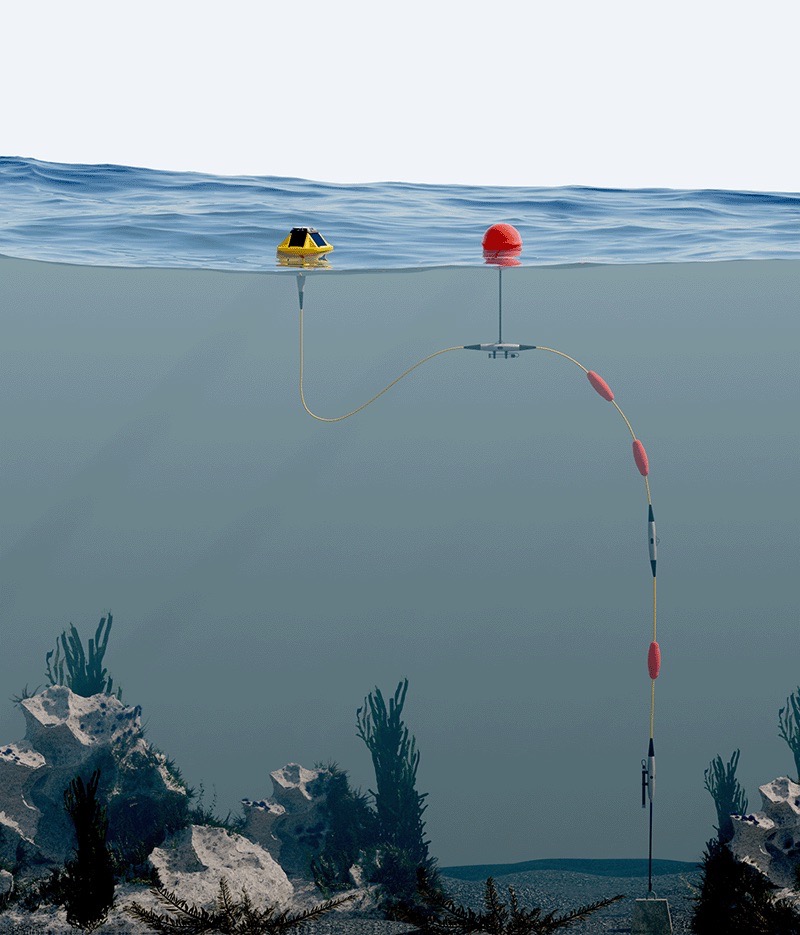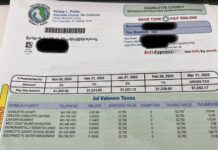
When a new tropical system passes the Florida Keys this week, its thermal benefit to coral reefs can be tracked in real time.
NOAA’s Mission: Iconic Reefs has deployed smart buoys at each of its seven sites with instruments that measure and transmit real-time data on wind speed, ocean temperature and other conditions. Wave action and rain generated by tropical weather have plunged ocean temperatures by as much as 7 degrees Fahrenheit, mitigating what was expected to be another sizzling summer on the reefs.
“These data will provide a real-time picture of reef conditions, helping us make decisions on whether to conduct field work on days where the forecast is borderline,” said Katey Lesneski, research and monitoring coordinator for Mission: Iconic Reefs. “This information will also be immensely useful to restoration practitioners for determining if reef temperatures have exceeded the threshold for coral outplanting.”

There are several components to the device, including a basketball-sized, solar-powered buoy branded as the Spotter. The yellow mothership is connected to a red buoy that suspends a measurement instrument about 3 feet below the ocean surface, connected to a seafloor anchor where a second instrument collects data.
“There’s a lot of hardware to this system, which means boaters need to navigate carefully around these yellow and red buoys,” Lesneski explained. “And by all means they are not meant for mooring a boat. Because they are deployed in areas that are prominent mooring sites, we want to make sure the public understands that only the white buoys with blue stripes are for mooring.”
Some of the sites feature more than one buoy, and eventually the network will expand to in-water nursery sites. Mariners should steer clear of the buoys, which are visible by reflected sunlight and a blinking light at night. Pencil-shaped spar buoys will soon be added.Coordinates of the buoy locations and links to the real-time data are at FloridaKeys.noaa.gov.



















